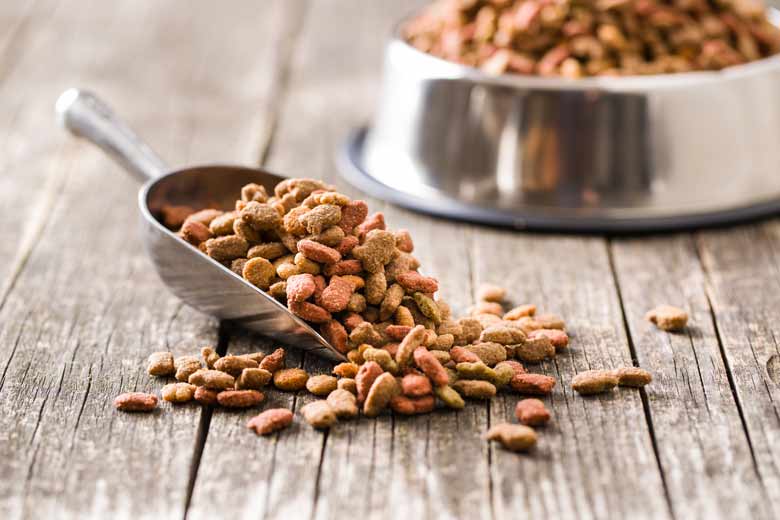
Just like people, dogs and cats get allergies and intolerances too. They can cause one or more of the following signs: itchiness, rashes, diarrhoea, vomiting, hair loss, red ears and reoccurring ear infections.
Pets can become allergic and/or intolerant to protein in food, treats or table scraps. They can develop skin problems, such as rashes, itchiness, reddened ears and hairloss, or gastrointestinal problems, including vomiting and diarrhoea.
The signs of food allergies can look like those caused by allergies to fleas, plants or pollen. Pets can be allergic to bites and some plants (contact) and pollens (inhaled). Usually though, allergies to pollen and plants show up more during Spring and Summer. Food allergies can occur any time of year. Some animals develop multiple allergies. Food intolerance usually presents as intermittent vomiting and/or diarrhoea.
In the past, to diagnose food allergy/intolerance, a diet had to be formulated that was expensive, fiddly and very difficult to balance. This usually required choosing a novel protein source and a novel carbohydrate source, ie. one that the animal has never been fed before.
A new line of pet food has been developed using a process called hydrolysation. This same process is also being used to manufacture formula for human babies who are allergic to milk protein. It’s the most innovative advancement yet for managing food allergies in pets. Hydrolysation breaks down the proteins in food so they are too small to cause an allergic reaction. There are two food manufacturers that make this diet and we carry both in stock at all times.
If your dog or cat does have a food allergy or intolerance, it can be diagnosed & controlled easily. We place the pet on one of the prescription diets ONLY (ie. no other food source) for 4-6 weeks. If the signs disappear, owners can elect to keep the pet on this diet, or to “challenge” the pet with a different type of food every week. If the animal is allergic/intolerant to one of these foods, signs will start again within the next day or so. If no response is noted, then a different food is added the next week.
There are two levels of diet: one has only hydrolysed proteins so it won’t cause an allergic reaction at all; the other has low allergen loads with hydrolysed animal proteins and some whole plant proteins. These plant proteins are considered “safe” because they have very little chance of causing a reaction.
The benefits of this prescription diet are:
- Virtually no chance of reaction. There is very little chance allergy/intolerance symptoms will return if you feed your pet prescription diet exclusively.
- 100% complete nutrition
- Highly palatable
- Convenient – you won’t have to worry about changing your pet’s diet again or fixing homemade food. This diet requires no preparation on your behalf.
The transition period for feeding your pet old food to the new prescription diet can take up to 5-7 days, gradually adding the new food to your pet’s previous diet. Remember, your pet can have no other food besides the prescription food once the transition period is over. When the symptoms disappear, you might be tempted to start feeding your pet its old food or treats, snacks and table scraps.
A pet’s food allergy/intolerance is like a human food allergy/intolerance. If you’re allergic/intolerant to milk or chocolate, you have to stop ingesting it if you want to avoid the return of symptoms. Even a small amount may cause the allergy/intolerance symptoms to come back.